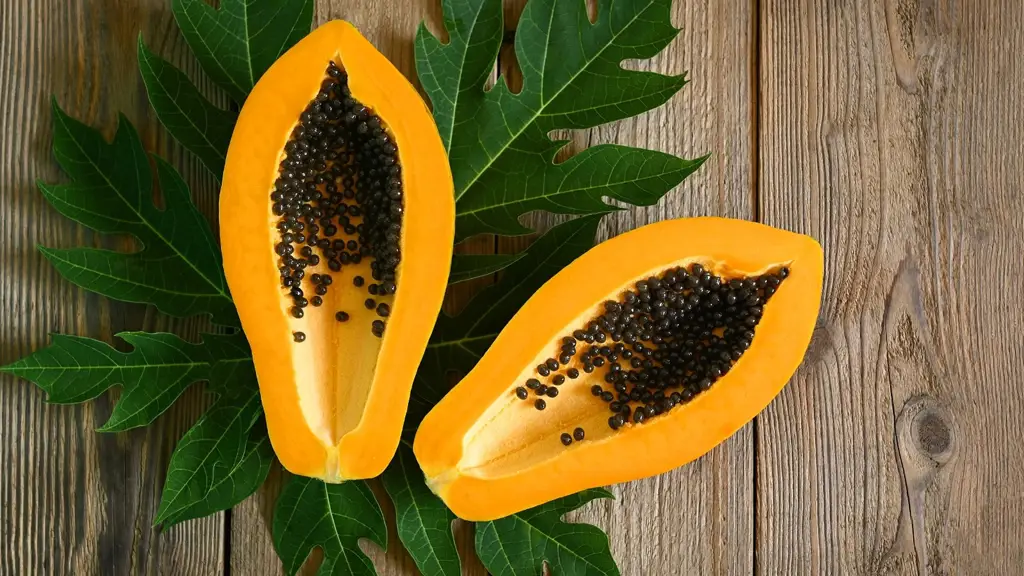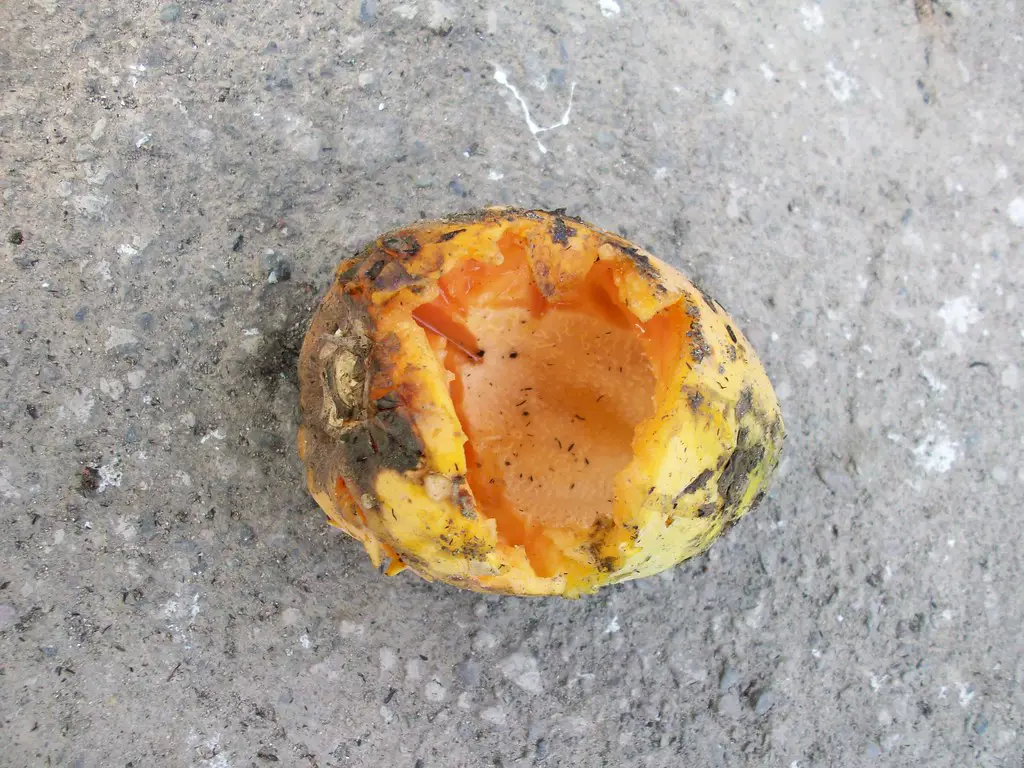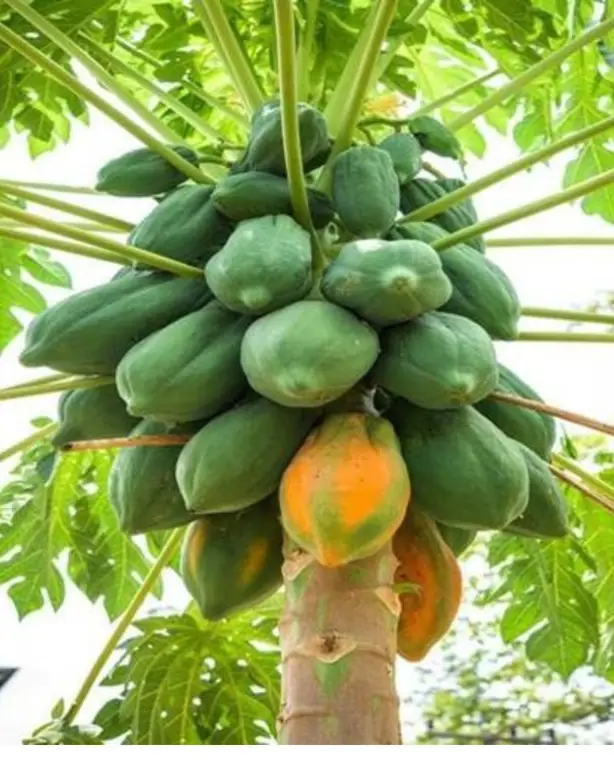Pepaya, in English, is known as papaya. This seemingly simple translation opens up a world of information about this tropical fruit, its cultivation, its nutritional benefits, and its place in various cuisines around the globe. This comprehensive guide will delve into everything you need to know about pepaya, from its origins to its modern uses, ensuring you become a true papaya expert. We will explore its rich history, diverse culinary applications, and significant health benefits, providing a complete understanding of this beloved fruit.
The word "pepaya" itself has interesting linguistic roots. While its English equivalent is straightforward, the word’s origins trace back to the Taíno language of the Caribbean, highlighting the fruit's historical significance in the region. Understanding this etymology gives us a glimpse into the rich history and global journey of this beloved fruit. Its journey from the Caribbean to its current widespread cultivation showcases its adaptability and popularity across various cultures and climates.
Beyond its simple English translation, understanding "pepaya in English" means exploring its various aspects. We'll explore the different types of papayas, their varying flavors and textures, and their diverse applications in cooking and beyond. We will also examine its nutritional profile and the numerous health benefits associated with its consumption. This in-depth exploration will cover everything from cultivation techniques to traditional and modern culinary uses.
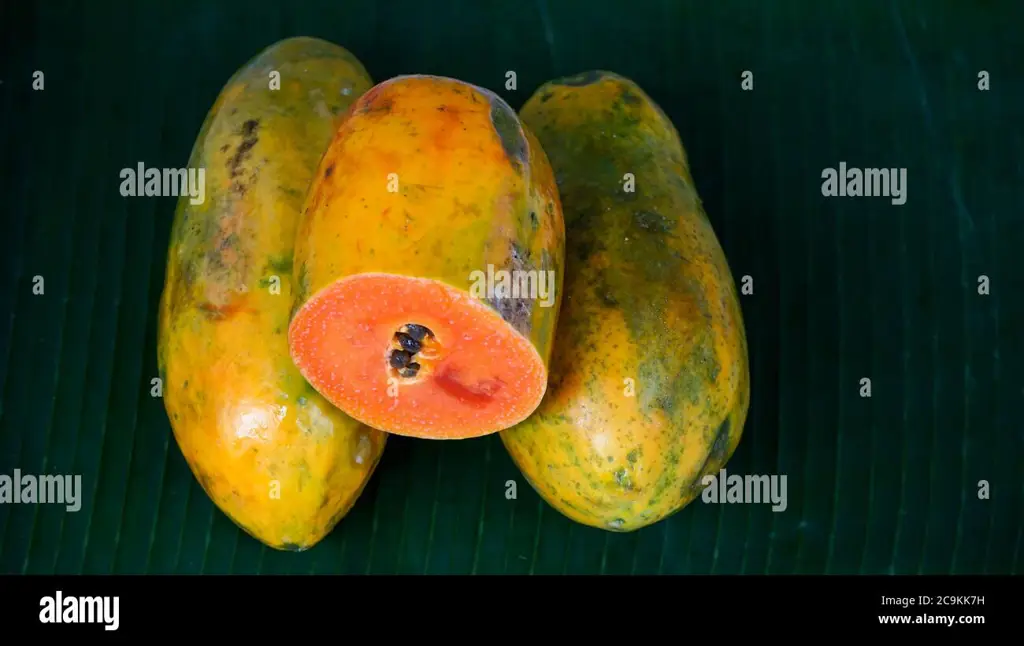
From its vibrant orange flesh to its numerous seeds, the papaya fruit is a treasure trove of nutrients. Let's explore the rich nutritional content of this fruit. The high concentration of vitamin C is a notable highlight, bolstering the immune system and acting as a potent antioxidant. Papaya also boasts a significant amount of vitamin A, crucial for maintaining healthy vision and skin. Furthermore, the fruit contains essential minerals like potassium, crucial for maintaining healthy blood pressure, and folate, vital for cell growth and development. These essential nutrients contribute significantly to overall health and well-being.
Beyond vitamins and minerals, papaya is also rich in dietary fiber, promoting healthy digestion and contributing to overall gut health. The enzymes present in papaya, such as papain, are renowned for their digestive benefits, aiding in the breakdown of proteins. This makes papaya a particularly beneficial fruit for those seeking to improve their digestive system. The fiber content also aids in satiety, helping with weight management and promoting regularity.
Cultivating Papayas: From Seed to Fruit
Cultivating papayas involves understanding the specific conditions that this tropical fruit requires. Growing papayas requires warm temperatures and ample sunlight. The soil should be well-drained and fertile, providing the necessary nutrients for healthy growth. Understanding the specific requirements for cultivation is essential for successful papaya farming. This section will delve into the intricacies of papaya cultivation, from selecting appropriate planting locations to harvesting mature fruits.
Propagation is typically achieved through seeds, which are readily available from mature papaya fruits. Planting the seeds in well-prepared soil and providing consistent watering and sunlight is key to ensuring successful germination and growth. As the papaya plant matures, regular fertilization ensures optimal fruit production and quality. Careful attention to pest and disease management is also necessary to protect the plants and maximize yield. This process requires patience and attention to detail to achieve a bountiful harvest.
The cultivation process, while seemingly straightforward, requires knowledge of the various factors that influence papaya growth. From selecting the right soil and providing adequate sunlight to managing pests and diseases, the entire process demands a commitment to understanding the specific needs of the plant. Understanding these needs allows for optimized growth and maximized fruit production.
Different varieties of papayas exist, each with unique characteristics. Some varieties are known for their sweeter taste, while others are prized for their size or texture. Understanding these variations allows for informed choices when selecting papayas for consumption or cultivation. This section will explore the diverse world of papaya varieties, highlighting their distinct characteristics and ideal applications.
Types of Papayas and Their Uses
The world of papayas extends beyond the common orange-fleshed variety. Different cultivars offer a diverse range of flavors, colors, and textures. Let’s explore some notable examples.
- Solo Papaya: Known for its vibrant orange flesh and sweet flavor, the Solo papaya is a popular choice for fresh consumption. Its sweetness makes it ideal for desserts and snacks.
- Maradol Papaya: This variety is characterized by its larger size and creamy texture, making it ideal for salads and desserts. Its texture is particularly suited to smoothies and other blended dishes.
- Sunrise Papaya: A unique variety with yellow-orange flesh, offering a subtly different flavor profile compared to the common orange papaya. Its distinct flavor adds a unique twist to both sweet and savory dishes.
- Mexican Papaya: Often larger and less sweet than other varieties, this type is well-suited for cooking in savory dishes where its subtle flavor won't overpower other ingredients.
- Red Lady Papaya: Known for its deep red flesh and rich sweetness, this variety is a favorite for fresh eating and desserts.
These diverse varieties highlight the rich tapestry of papaya types and their culinary applications. The vast array of options ensures that there is a papaya perfect for every palate and culinary need.
Beyond fresh consumption, papayas find their way into various culinary preparations. They are a staple ingredient in many tropical dishes, showcasing their versatility in both sweet and savory applications. Papaya salads, smoothies, and desserts are just a few examples of how this versatile fruit is used. This versatility makes it a staple in cuisines worldwide.
Papaya in Global Cuisine
Papaya's global presence is a testament to its versatility and appeal. In many cultures, papaya is a fundamental ingredient, showcasing its adaptability to different culinary traditions. From Southeast Asian curries to Latin American desserts, papaya's use showcases its diverse culinary applications. Its adaptability makes it a cornerstone of diverse food cultures.
In Southeast Asia, papaya is often incorporated into savory dishes, its subtle sweetness balancing the spiciness of many regional cuisines. Examples include green papaya salads (Som Tum in Thailand) and papaya in curries. Its subtle sweetness cuts through the spice, adding a refreshing element to bold flavors.
In contrast, Latin American cuisine frequently utilizes papaya in desserts and sweet treats, highlighting its natural sweetness and creamy texture. Examples include papaya jams, fruit salads, and even incorporated into candies. The sweetness and creamy texture make it a perfect addition to sweet dishes.
In India, papaya is often used in chutneys and curries, adding a unique sweetness and texture to these savory dishes. Its inclusion brings a refreshing contrast to the spices often found in Indian cuisine.
The versatile nature of papaya allows it to be used in various ways. It can be consumed fresh, juiced, or incorporated into various dishes. Its soft texture and sweetness make it ideal for smoothies and desserts, while its unique flavor profile enhances savory dishes. Its adaptability and versatility are key reasons for its global appeal. This makes it a universally loved and used ingredient.
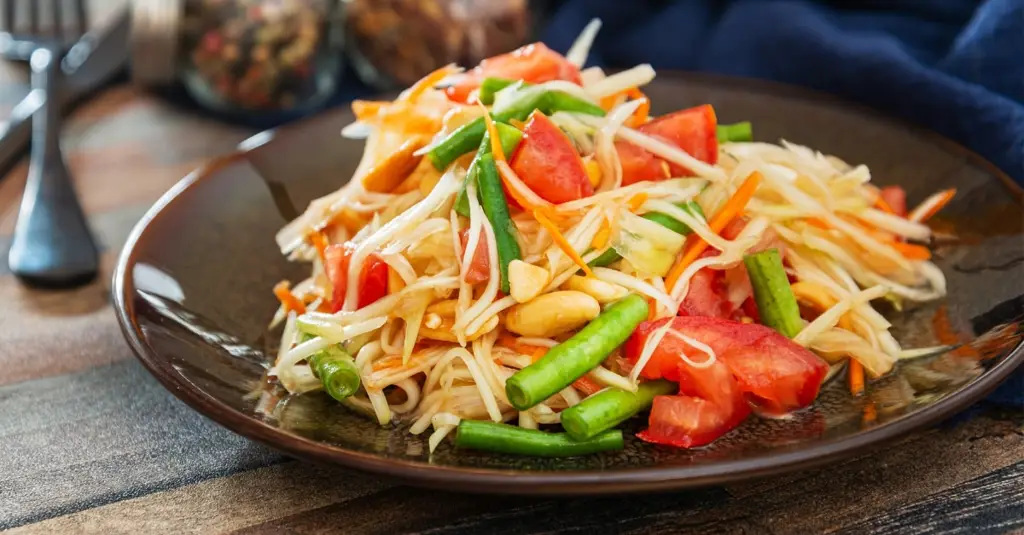
Beyond its culinary uses, papaya holds significant medicinal properties. The fruit is rich in antioxidants, which combat free radicals in the body and help prevent cellular damage. The enzymes present in papaya aid in digestion and reduce inflammation. The high fiber content supports healthy digestion and contributes to feelings of fullness, aiding in weight management. These medicinal properties add to its value as a healthy food choice.
| Nutrient | Amount per 100g |
|---|---|
| Vitamin C | 62mg |
| Vitamin A | 315µg |
| Potassium | 244mg |
| Folate | 32µg |
| Fiber | 1.1g |
| Vitamin B6 | 0.1 mg |
| Vitamin E | 0.1 mg |
| Magnesium | 21 mg |
| Calcium | 10 mg |
| Iron | 0.3 mg |
These medicinal benefits underscore the fruit's importance not only as a delicious treat, but also as a source of health and well-being. Its regular consumption can significantly contribute to a healthier lifestyle. Incorporating papaya into your diet can provide numerous health benefits.
Papain, a significant enzyme found in papaya, has been studied extensively for its potential anti-inflammatory and wound-healing properties. Some research suggests its use in reducing inflammation and promoting faster healing of wounds. However, more research is still needed to fully understand its potential.
The antioxidants in papaya help protect against cellular damage caused by free radicals. These free radicals are linked to various health problems, and antioxidants help combat them, protecting the body against cellular damage.
The high fiber content aids in digestion and promotes regularity, preventing constipation and contributing to overall gut health. A healthy digestive system is essential for overall well-being.
In conclusion, "pepaya in English" is more than just a simple translation. It represents a journey into a fascinating world, exploring the fruit's origins, cultivation, nutritional value, culinary applications, and medicinal properties. From the fields where it grows to the kitchens where it's prepared, papaya’s rich history and enduring popularity solidify its place as a globally cherished fruit. Understanding the various aspects of papaya, from its linguistic roots to its modern uses, provides a deeper appreciation for this remarkable fruit. This detailed exploration aims to transform you into a true papaya aficionado.
Further research into specific papaya varieties, cultivation techniques, and culinary applications can expand your understanding even further. The world of papaya is a rich and vibrant one, offering endless opportunities for exploration and discovery. So, whether you're a seasoned papaya enthusiast or a curious newcomer, delve deeper into the fascinating world of this remarkable tropical fruit. The more you learn, the more you'll appreciate this incredible fruit.



